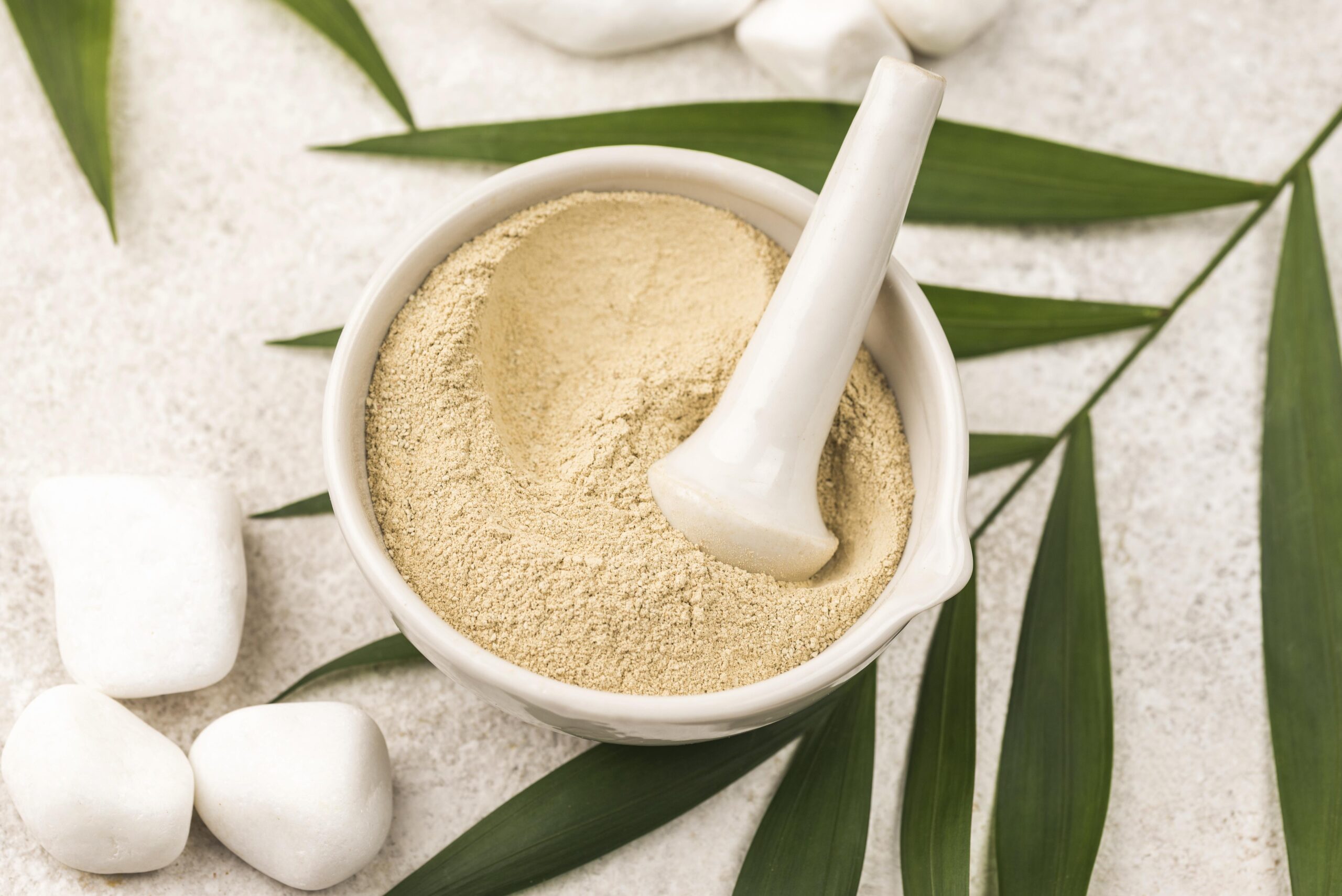Monk fruit sweeteners have revolutionized the way industries and consumers approach sugar alternatives. In a world where health consciousness drives purchasing decisions, monk fruit stands out as a natural, calorie-free sweetener that aligns perfectly with modern dietary preferences. Whether in food and beverages, supplements, or pharmaceuticals, this extraordinary ingredient has captured the imagination of both manufacturers and consumers. Let’s explore the unique qualities of monk fruit sweeteners and why they’ve become indispensable across various industries.
The Rich History of Monk Fruit
Monk fruit’s journey began centuries ago in the misty mountains of southern China. Buddhist monks cultivated the fruit, which they revered not only for its sweetness but also for its healing properties. Used in traditional medicine to treat coughs and digestive ailments, monk fruit earned a reputation as the “longevity fruit.” Today, this ancient treasure is a cornerstone of modern wellness trends, seamlessly blending its historical significance with contemporary demands for natural ingredients.
How is Monk Fruit Sweetener Made?
The process of creating monk fruit sweeteners is both meticulous and natural:
- Harvesting: Fully ripened fruits are carefully picked to ensure maximum sweetness.
- Juicing: The fruit is crushed to extract its juice, which is rich in mogrosides.
- Purification: Advanced filtration techniques isolate the mogrosides, leaving behind any unwanted flavors or compounds.
- Concentration: The purified mogrosides are transformed into a concentrated powder or liquid, ready for use in various products.
This chemical-free process preserves the integrity of the fruit, ensuring a clean and natural end product.
Why is Monk Fruit Sweetener So Popular?
Monk fruit sweetener’s growing popularity stems from its unique combination of benefits:
1. Health Benefits:
-
- Zero Calories: Perfect for those watching their calorie intake.
- Blood Sugar Regulation: Does not spike glucose levels, making it safe for diabetics.
- Rich in Antioxidants: Mogrosides provide protection against free radicals, potentially lowering the risk of chronic diseases.
2. Natural Sweetness: Unlike artificial sweeteners, monk fruit offers a clean, pleasant taste without the aftertaste associated with synthetic alternatives.
3. Dietary Compatibility: Suitable for keto, paleo, and other restrictive diets, monk fruit sweetener is a versatile choice for diverse consumer needs.
Applications Across Industries
Monk fruit sweetener has transcended its origins as a niche product to become a key ingredient in multiple sectors:
1. Food and Beverage Industry:
- Beverages: Found in zero-calorie sodas, flavored waters, and sports drinks.
- Baked Goods: Used to create low-sugar cakes, cookies, and muffins without sacrificing taste or texture.
- Dairy: Enhances the flavor of yogurt, ice cream, and cream cheese.
2. Condiments and Sauces:
- Adds a subtle sweetness to BBQ sauces, ketchup, and salad dressings.
- Used in marinades to balance savory flavors.
3. Nutritional Supplements:
Incorporated into protein powders, meal replacement drinks, and gummy vitamins, offering sweetness without added sugar.
4. Pharmaceuticals:
Used to improve the palatability of cough syrups, lozenges, and chewable tablets.
The Consumer Appeal of Monk Fruit Sweeteners
Monk fruit sweetener aligns perfectly with the latest consumer trends:
- Clean Labels: As consumers demand transparency, monk fruit’s natural origins and simple processing make it a preferred choice for clean-label products.
- Sugar Reduction: With global campaigns against excessive sugar consumption, monk fruit provides an effective way to reduce sugar content without compromising flavor.
- Sustainability: As a renewable resource, monk fruit offers an eco-friendly alternative to sugarcane and artificial sweeteners.
Challenges and Opportunities
1. Production Constraints:
Monk fruit cultivation is limited to specific regions, such as southern China. Expanding production to meet global demand requires innovative agricultural practices.
2. Cost Barriers:
The labor-intensive extraction process makes monk fruit sweeteners more expensive than traditional sugar or artificial sweeteners. However, advancements in technology may help reduce costs over time.
3. Emerging Innovations:
Companies are exploring new ways to incorporate monk fruit into products like plant-based snacks, fortified beverages, and sustainable packaging.
Market Insights and Growth Trends
The global market for monk fruit sweeteners is experiencing unprecedented growth. With consumers prioritizing health and sustainability, demand for monk fruit is set to rise. Key players like Cargill, Tate & Lyle, and Ingredion are investing heavily in research and development, ensuring monk fruit remains at the forefront of the natural sweetener industry.
Innovations such as blending monk fruit with other natural ingredients are creating exciting opportunities for product diversification, making it accessible to an even broader audience.
Conclusion
Monk fruit sweeteners represent the future of sweetness—natural, healthy, and versatile. From their origins in ancient Chinese medicine to their modern-day applications across industries, monk fruit products have proven to be a powerful alternative to traditional sugar. Their benefits, including zero calories, antioxidant properties, and compatibility with restrictive diets, make them a compelling choice for consumers and manufacturers alike.
As demand continues to grow, monk fruit sweeteners are set to redefine the global sweetener market, offering a sustainable and health-conscious path forward. Whether in a refreshing beverage, a nutritious protein bar, or a medicinal syrup, monk fruit sweetener is truly a sweet revolution.




